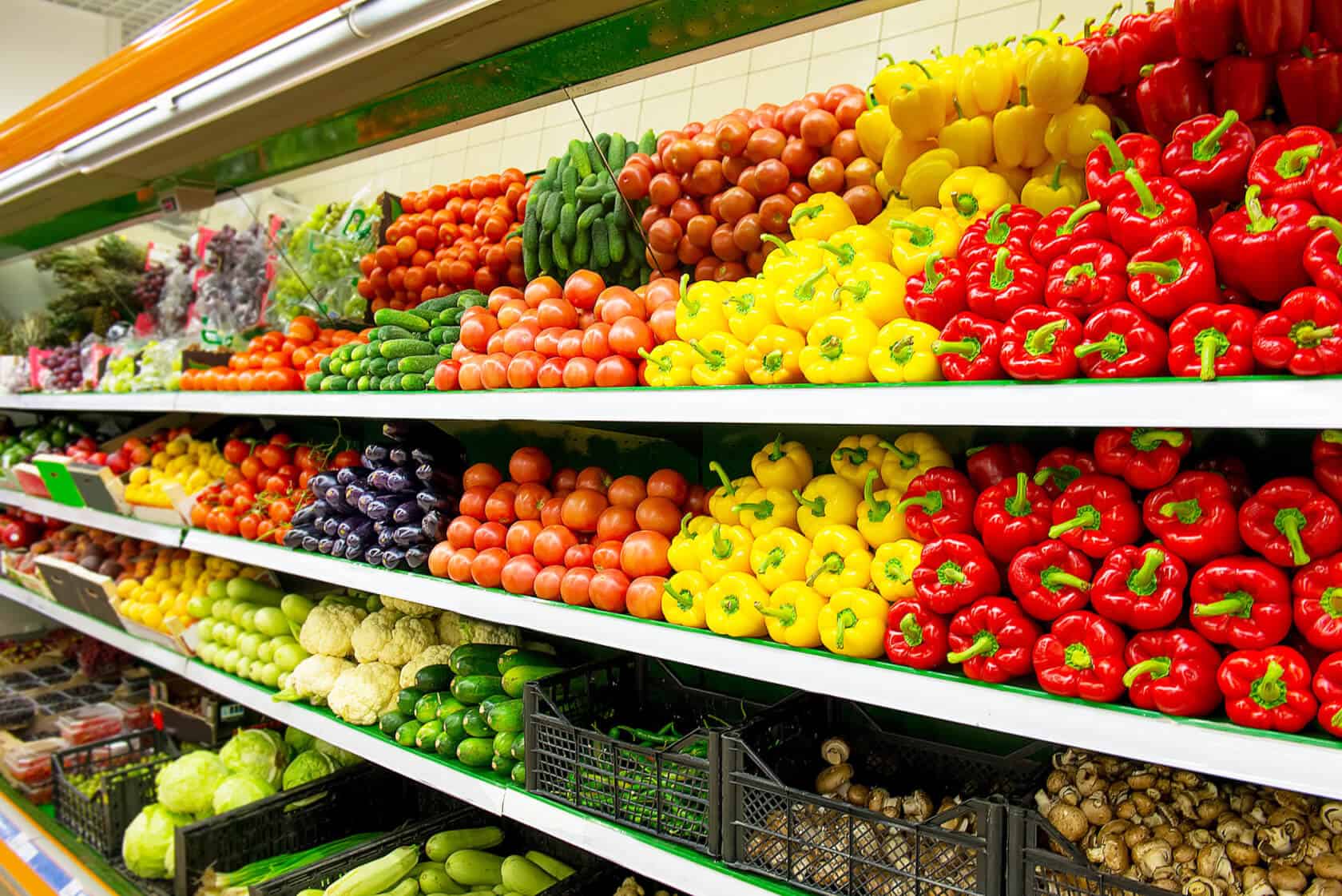With music all around us, it can sometimes feel like we don't hear it. But music in grocery stores can have a fascinating impact on you.
Music has always been a vital part of businesses. You can never escape the sounds of music! For example: Have you ever heard the music playing in the grocery store?
If you are a food lover like myself, grocery stores are a food lovers shopping paradise!
If you have gone to a grocery store recently, you may have noticed the subtle musical sounds of vintage music playing in the background.
As you search for the cheese or artichoke dip, these sounds have been calculated to ensure a customer’s optimal grocery store experience. Through the advancement of technology and social media over the past years, studies have developed a complex correlation with music and its influence on purchasing decisions through the grocery store setting.
According to HoustonPress.com, a Facebook poll gave its users a chance to choose preferred genres from three music eras for grocery store music. The 1950’s, 1970’s and 1980’s-early 1990’s. The study concluded that 38% of Facebook users prefer music from the 1950s rather than recent music (16%).
The social experiment concluded that older music creates an influential atmosphere in food stores rather than newer pop sounds. Additionally, the science surrounding the proper genre of music for food retail stores is continuing to be a well-researched entity.
In 1993, a study found that classical music was a heavy competitor with pop music in food shops such as wine retail stores.
Although classical ended up beating out pop music, customers bought more expensive wine when paired with the sounds of classical music. This created an upscale and sophisticated vibe. Additionally, the customers in the study did not buy more wine, just more expensive wine.
This notion could conclude that although genre plays a huge role in brand aesthetic, it doesn’t necessarily persuade the increase of the number of sales.
But, how important are musical sounds in grocery stores? Is there a valuable need for music in the food retail shopping environment?
Downtempo
Research surrounding the correlation of grocery store environments and music, Research has developed surprising conclusions surrounding stores’ use of the ‘mode’ in music.
According to the New Grove Dictionary of Music and Musicians, the mode of the music refers to a type of scale, paired with distinct characteristics and melodic tendencies.
Studies have shown that while advertising and marketing teams design brand aesthetics through in-store music playlists, the tempo is of focus while the mode is produced secondarily.
A Norwegian professor, Klemens M. Knoferie researched the value of modes within songs played in retail establishments such as grocery stores. For retail food establishments, the results of his studies concluded that the best tempo and mode combination is minor and downtempo.
Regarding the tempo, there is a dynamic and personal experience on how people respond to music. Tempo is one of the strongest reacting components.
In a 1982 study Using Background Music to Affect Behavior of Supermarket Shoppers, the researchers concluded that the tempo of in-store music not only influenced customer shopping but also the volume of sales. In a deeper analysis, the study produced the claims that fast or up-tempo music creates a motion in humans that is rapid or fast responding.
Downtempo and slow tempo suggest that the grocery store shoppers tend to move more calmly and at a chill relaxing pace. Therefore, would this mean that shoppers would take more time on determining purchasing decisions?
Is this bad for food and product sales? The study further indicates that sales volumes of grocery stores average 38% higher on days when the grocery stores play slow tempo music.
Turn the Volume Down
Through varying marketing studies, volume audio can dictate the success of brand awareness when it comes to in-store shopping activity. From my experience as a music lover, I have always recalled music playing at a medium to low volume in varying grocery stores I have encountered.
Unlike fashion retail stores, where the music can be almost unbearably loud, major factors of music in grocery stores centre around the volume of their audio.
In 1966, Cain-Smith examined specifically how volume affected grocery store shopping.
The study produced findings lending to the notion that loud music resulted in customers spending less time shopping in stores. Soft music decreases the individual’s shopping anxiety and allows them to spend more time examining, selecting, and purchasing beneficial products.
Therefore, the overall goal of background music in grocery stores should not distract customers from their shopping experience.
So, there is a distinctly scientific approach surrounding the music played through in-store food retail stores.
Through a more downtempo calming atmosphere, sales of grocery stores products could increase or simply remain at a consistently high rate.
For grocery stores, it may be tempting to play the latest and most trendy music. However, music holds power and must demonstrate a calming atmosphere for a better shopping experience.
From grocery store music to music in fashion stores, music is everywhere.
Support us!
All your donations will be used to pay the magazine’s journalists and to support the ongoing costs of maintaining the site.
Share this post
Interested in co-operating with us?
We are open to co-operation from writers and businesses alike. You can reach us on our email at [email protected]/[email protected] and we will get back to you as quick as we can.










